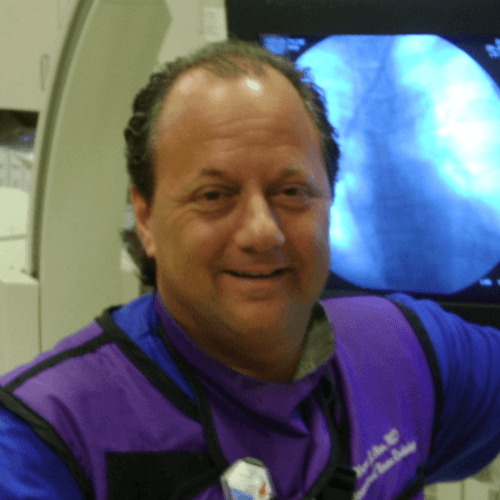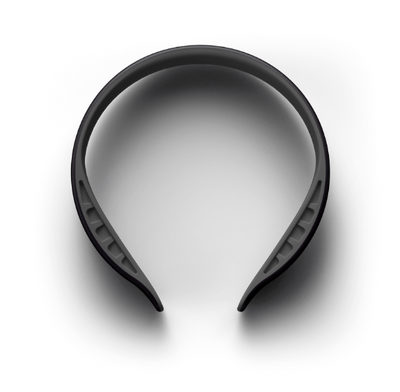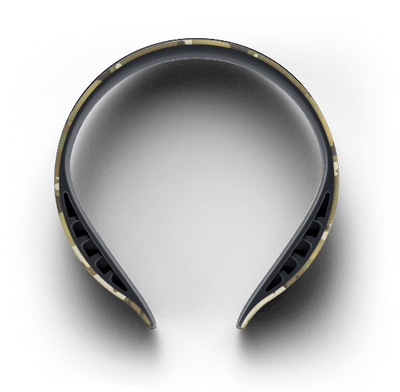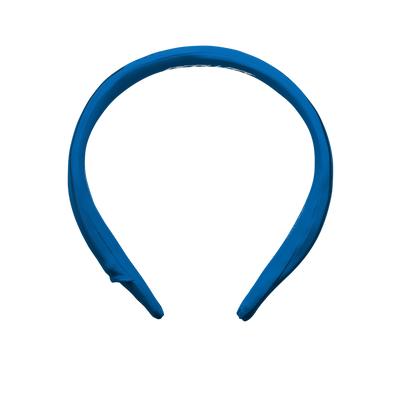Dr. Wayne Olan is a leader in the Washington D.C.-area in both the medical and the lacrosse communities. Dr. Olan serves as the Director of Interventional and Endovascular Neurosurgery at The George Washington University Hospital, an Associate Professor at The George Washington School of Medicine & Health Sciences and a Consulting Physician to the National Institutes of Health (NIH). Before attending medical school Dr. Olan played college lacrosse and currently coaches at the youth and high school levels for the DC Express and at Georgetown Prep in Bethesda, MD.
As both a neurosurgeon and as a lacrosse coach, Dr. Olan has seen the effects of brain injury epidemic from multiple angles and believes that it isn’t necessarily the one “big hit” that causes the most damage. Dr. Olan, along with most of the research and medical community, now understands that repetitive head impacts over time pose the bigger risk to long-term health, including problems with concentration, memory, headaches and behavioral changes.
“It’s obvious sometimes when you see a player take one large hit and doesn’t quite get up so quickly,” says Dr. Olan. “There are other issues involved like repetitive hits. Players will undergo multiple, factorial, logarithmic hits with one building on top of the other throughout the course of a practice or game and in the long run, that may be even worse than one large hit.”
A common misconception about helmets is that they protect the brain from concussions and other head injuries. Helmets are ultimately designed to protect the skull from fractures, not the brain. Dr. Olan echoes this point, “The helmet is a very good tool in the prevention of a head injury, but it doesn’t really do very much to protect the acceleration and subsequent deceleration of the brain inside the skull.”
Dr. Olan believes that there is a new, breakthrough solution to help protect athletes against the effects of repetitive head impacts, called the Q-Collar. “The science behind the Q-Collar is mind-boggling in its simplicity,” Dr. Olan says. “These were clinical trials on large numbers of athletes, high schoolers with developing brains. Using imaging, there were objective findings on MRI’s that you can measure showing the difference the Q-Collar made for the athletes wearing it.”
To learn more about why Dr. Olan believes all athletes should be wearing the Q-Collar, please check out the video below.








